Greenland has long been high on our list of places to visit. We love high latitudes and wild, untamed places. Our initial plan for eventually returning to North America from Europe on Dirona was to travel the “Viking Route” from the Faroe Islands to Newfoundland via Iceland and Greenland. We didn’t have a firm timeframe in mind, but we looked forward to spending significant time in Greenland as part of that itinerary, and possibly returning in following summers after wintering along the US east coast. We ended up returning to the US via the Azores, and didn’t get a chance to visit Greenland, but it still called to us.
We were super-excited, therefore, when we learned that Le Commandant Charcot would be making a stop in Greenland en route from Svalbard to Iceland. We would be stopping along the southeast coast of Greenland at the small village of Ittoqqortoormiit, with an opportunity to hike ashore. Before our landing, we experienced a couple of unusual events. The first was a helicopter evacuation of an injured crew member, and the second was the French Navy ship taking Le Commandant Charcot under tow.
The helicopter evacuation took place about two hundred miles off the coast of Svalbard. Le Commandant Charcot does carry a helicopter for evacuation purposes, but the Svalbard rescue coordination center preferred to send their own helicopter. En route to Greenland, our ship turned back towards Svalbard to meet the helicopter partway, and we watched from the forward observation lounge as the evacuation took place over the course of twenty minutes. We were later told that the injured crewmember reached Svalbard safely and was doing well.
We got our first glimpses of the Greenland coast as we neared Ittoqqortoormiit, and it looked much like we expected: a vast, mountainous wilderness. Glaciers reached down to the sea, a few huge icebergs drifted nearby and, even this late in the year, patches of snow still remained on the peaks. We loved it.
Ittoqqortoormiit, founded in 1925 as Scoresbysund, is one of the remotest settlements on the planet. The population of roughly 300 live in colorful houses strung along the shore near the mouth of Kangertittivaq fjord. Historically the residents have made a living through hunting, and tourism is increasingly contributing to the local economy.
A few other ships were at Ittoqqortoormiit, the first we’d seen since departing Svalbard two days earlier. At anchor were the expedition ship Plancius and the Icelandic yacht Vera.
But the most interesting vessel was the French naval ship Garonne. We’d arrived in the morning and wouldn’t be landing for a few hours, so the captains of the two French ships decided to undertake a training exercise where the Garonne took Le Commandant Charcot under tow. We watched, fascinated, from the deck above the bow as the stern of the navy ship nearly disappeared under the bow of the Charcot to transfer a messenger line across and then slowly pulled away, spooling out line behind, before taking our ship under tow.
We landed at the village of Ittoqqortoormiit later that afternoon and took a 2-hour hike into the hills above the town for sweeping views of the area. The hiking group was relatively small and we kept a decent pace most of the way. Because we needed to make a surf landing, we wore the Ponant-supplied Dunlop Snug Boots, which had surprisingly good grip and tread.
We saw an unexpected diversity of flora on the hike, and even some very cute Arctic hares.
On returning from the hike, we spent a little time walking through the town, and stopped for a bit to admire the village’s beautiful working dogs. High up on a hill is a monument to Danish polar explorer Ejnar Mikkelsen, who founded Ittoqqortoormiit in 1925. The town has been well-equipped with construction machinery over the years, with several old vehicles visible in their dump.
After dinner that night, a small group from the village came on board to demonstrate some of their native costume and dances.
We departed Greenland that evening for Iceland as the evening sun lit up a fantastically-shaped iceberg in the bay. We only got a small taste of Greenland, but enough to know that we want to see a lot more. Before we departed the ship, we booked onto an early-season cruise along Greenland’s east coast aboard Le Commandant Charcot. In June, the ice will still be thick along Greenland’s coast, the mountains will be covered in snow, and the icebergs will be plentiful. We can’t wait to see Greenland again.
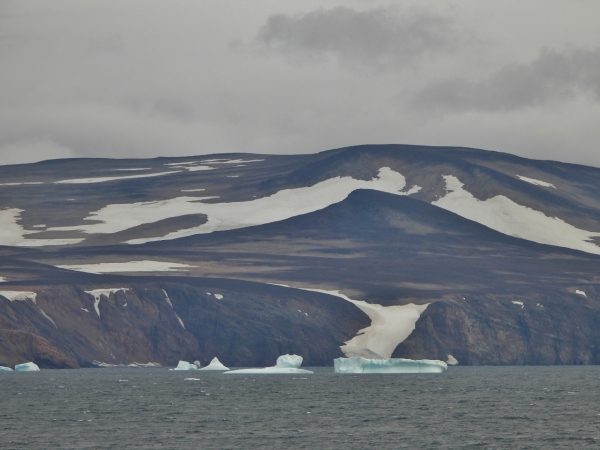
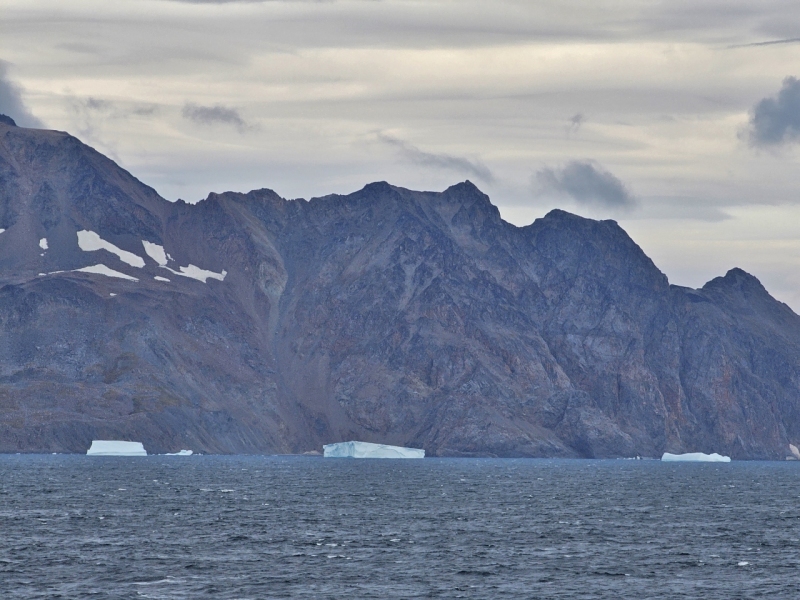
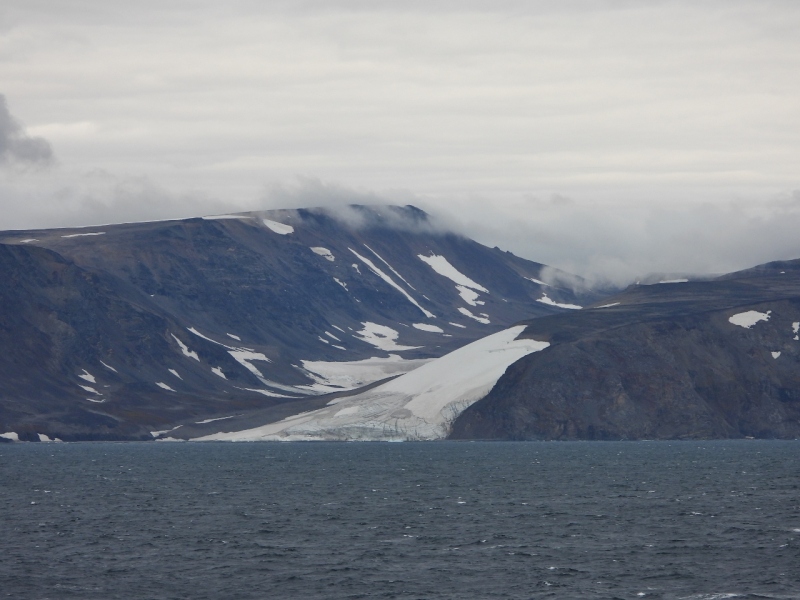
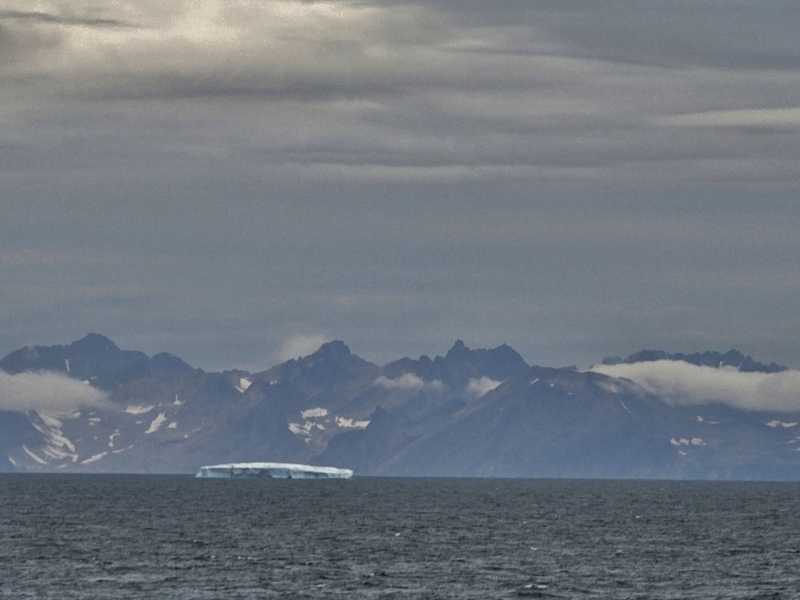
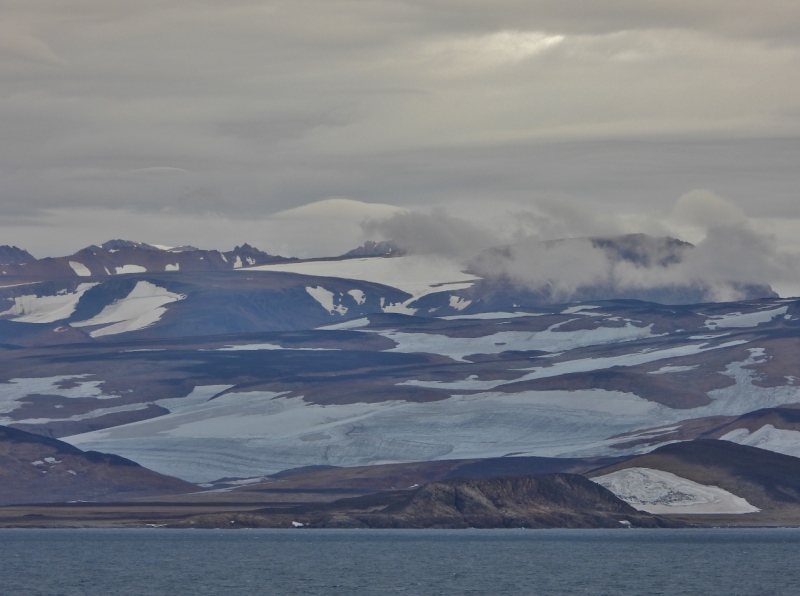

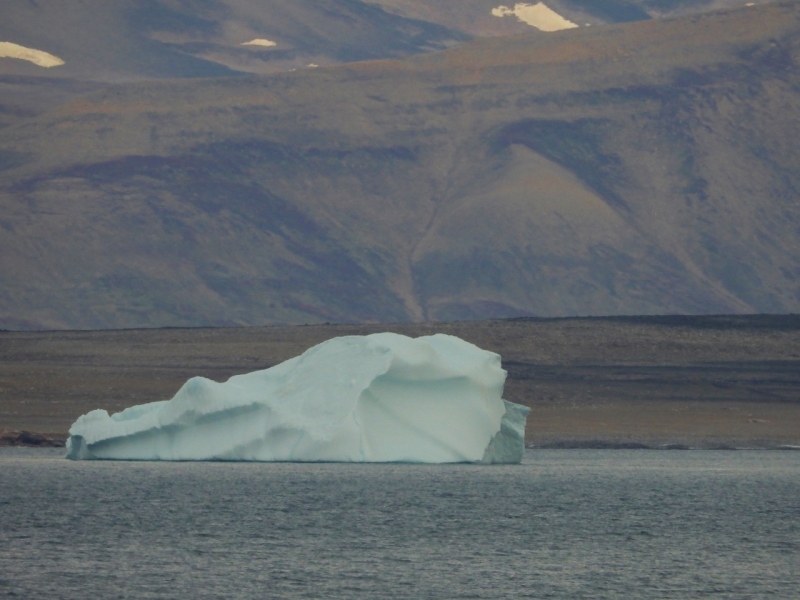
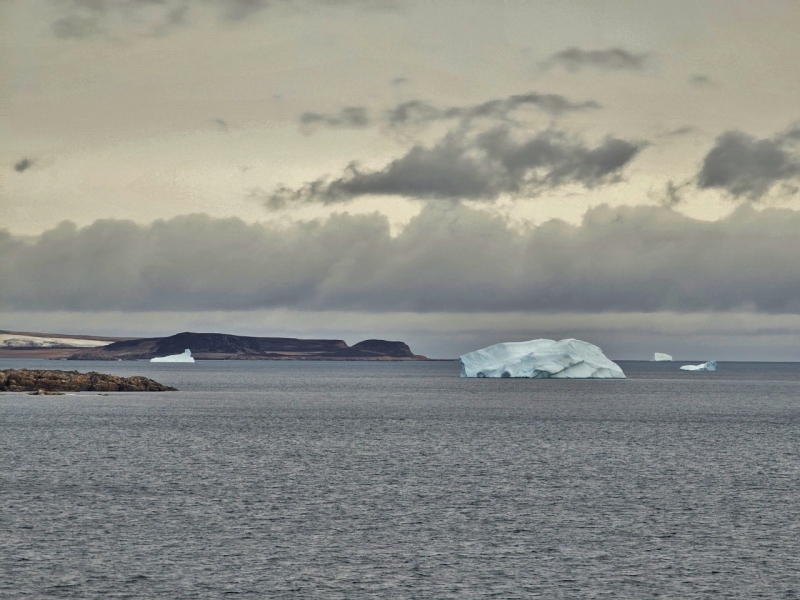
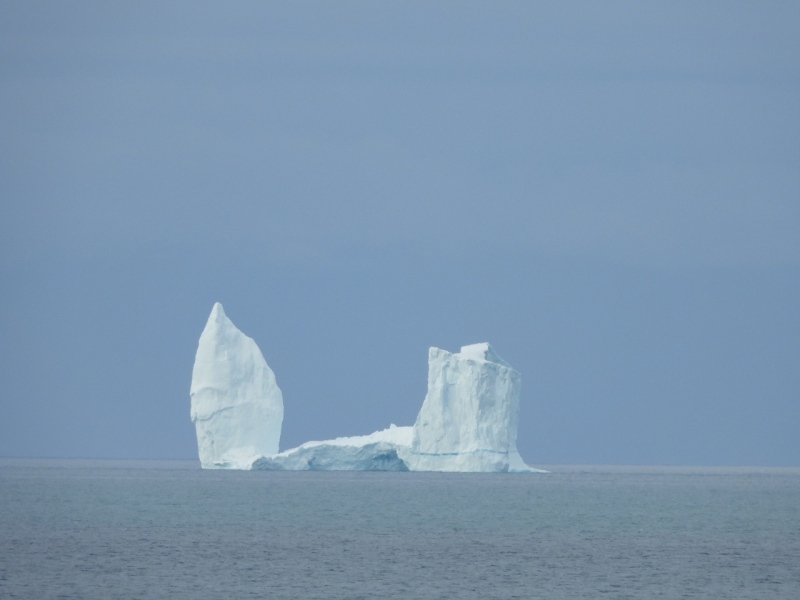

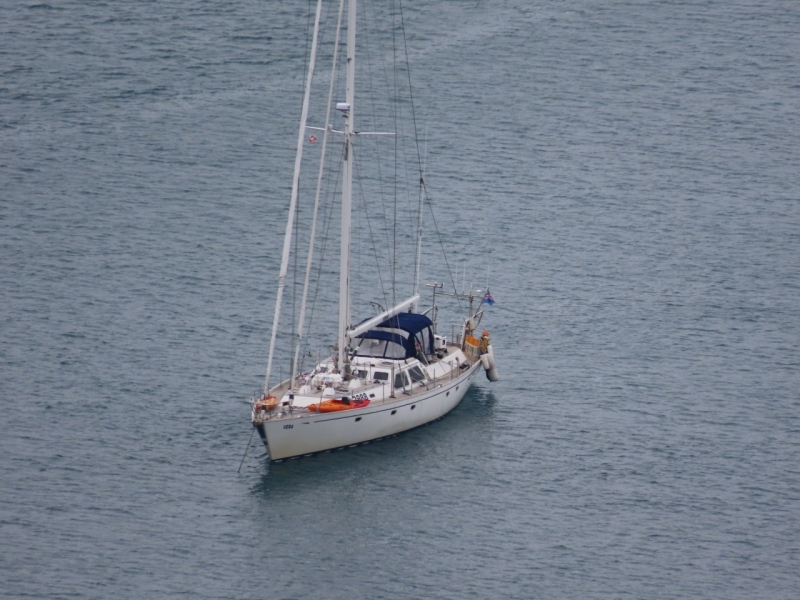
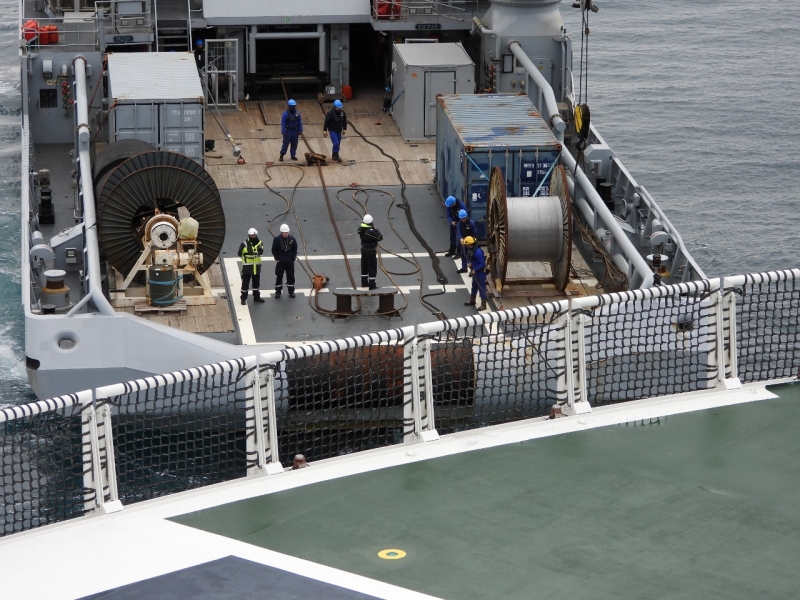
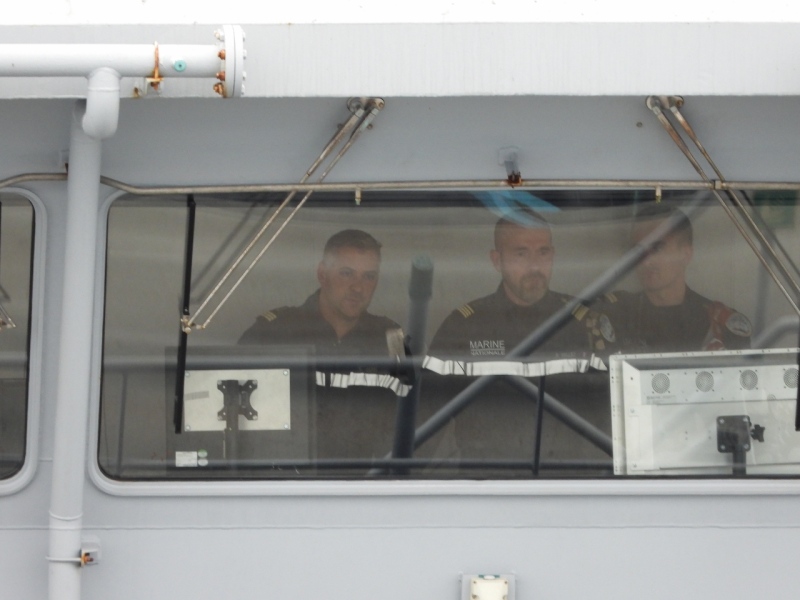
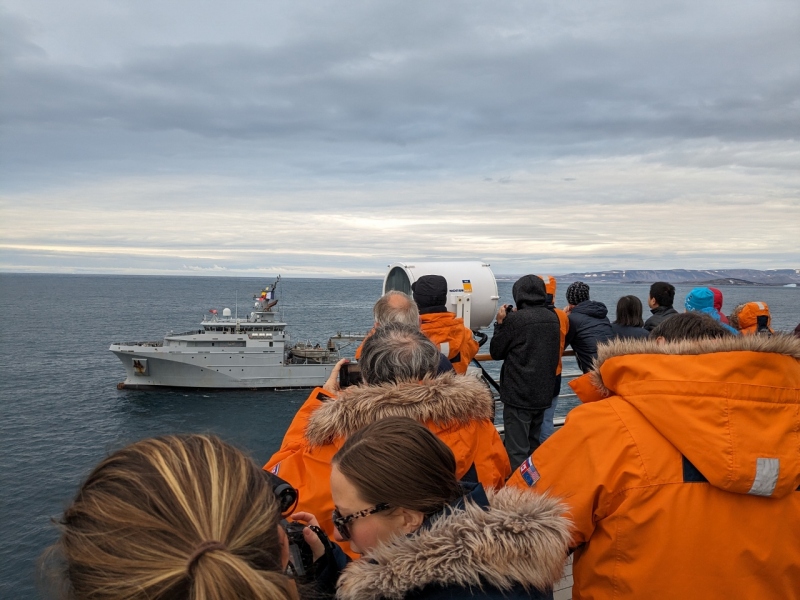
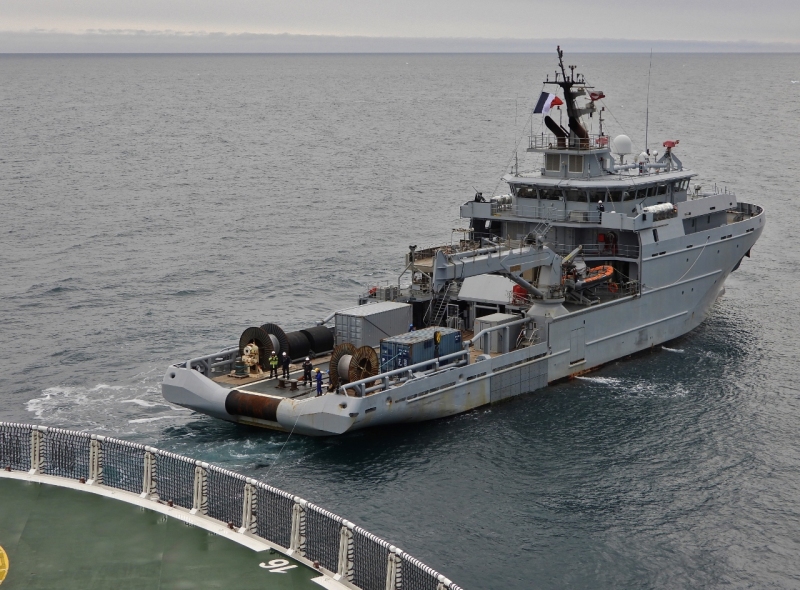

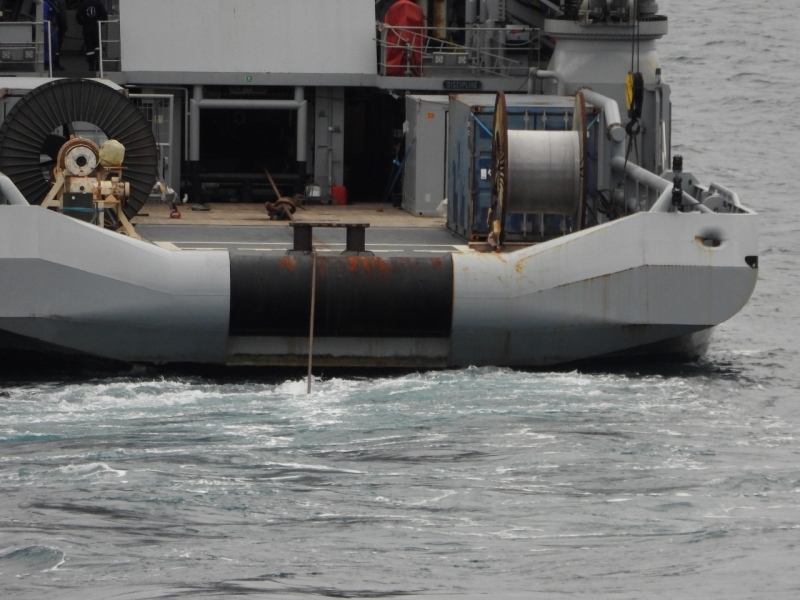

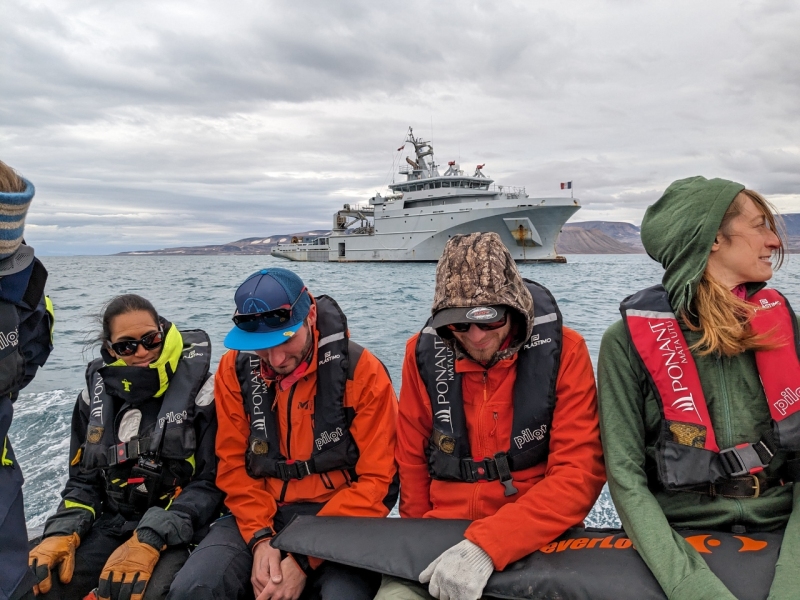
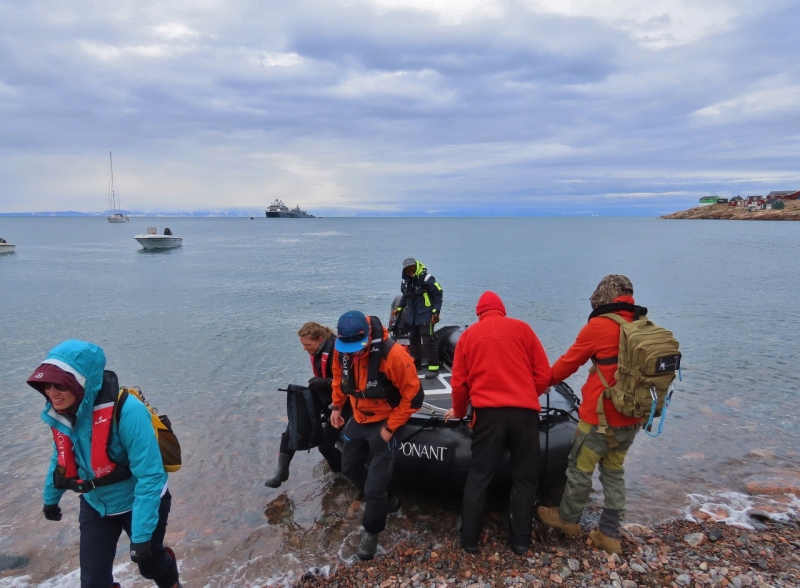
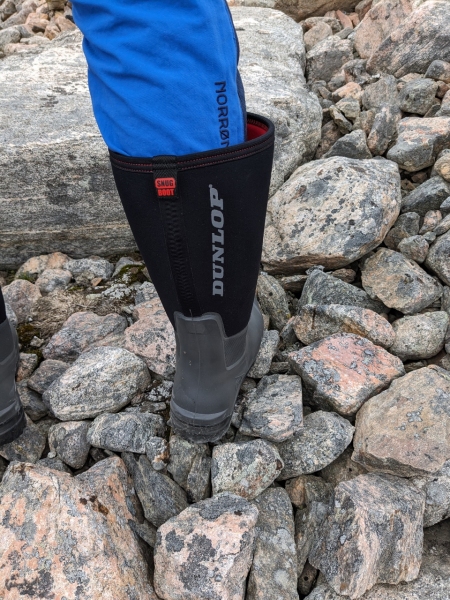
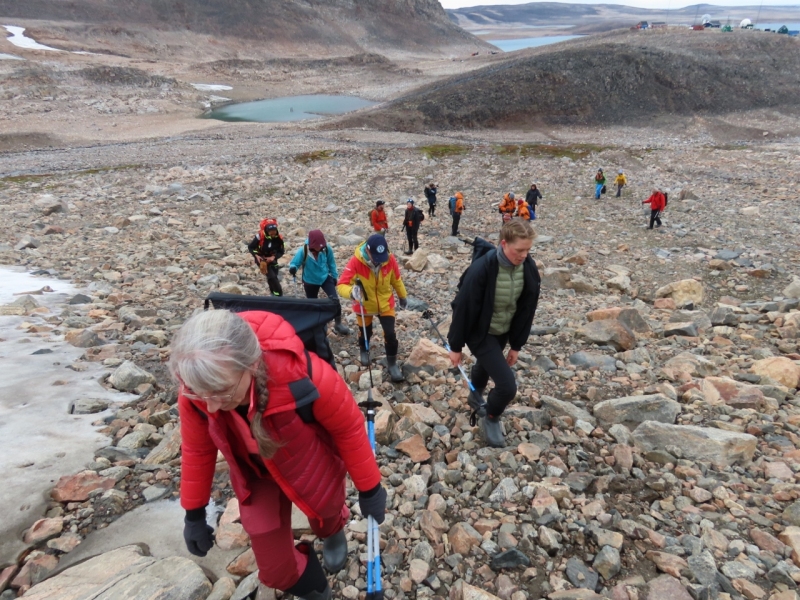
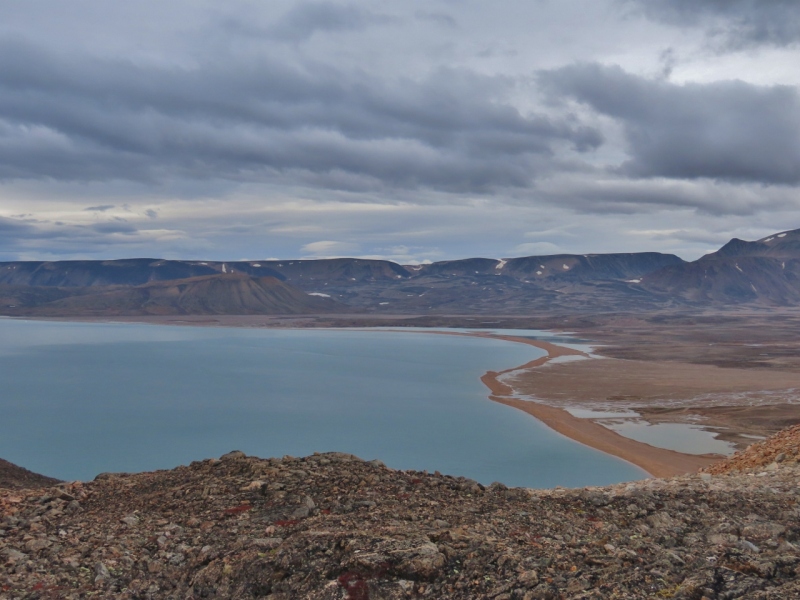
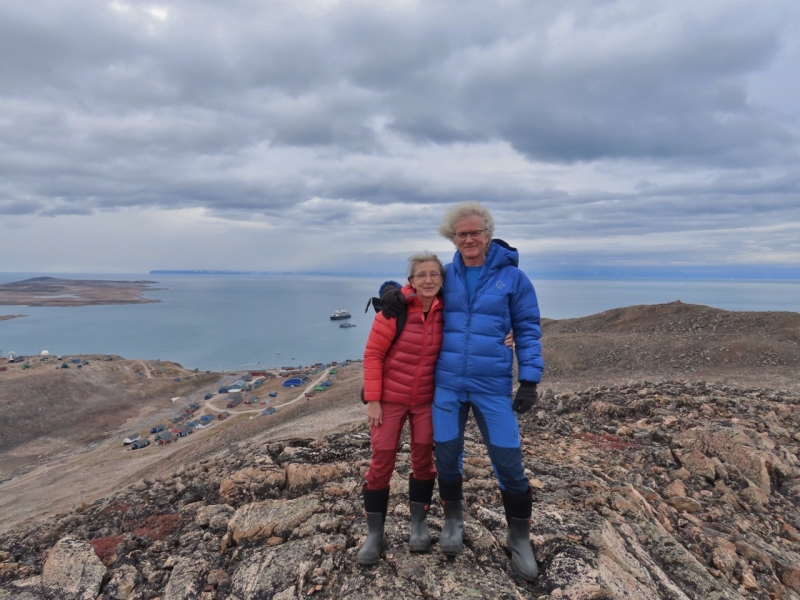
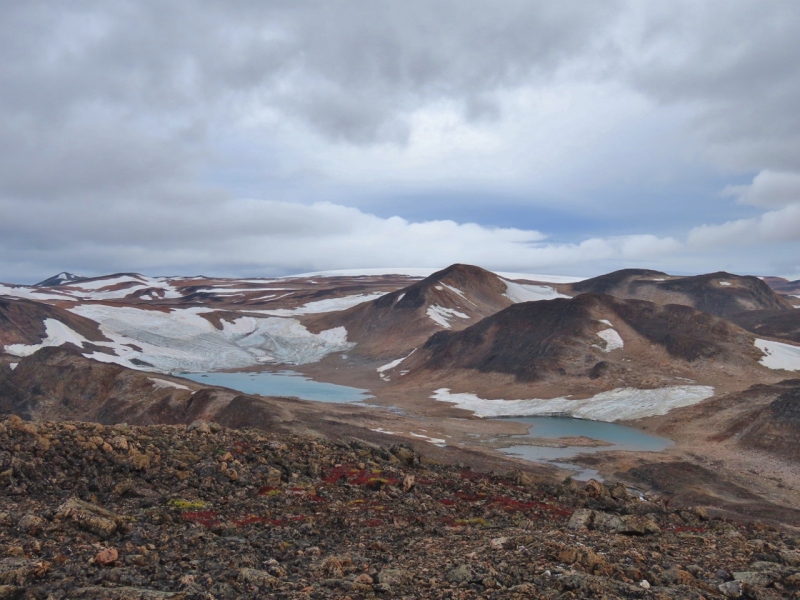

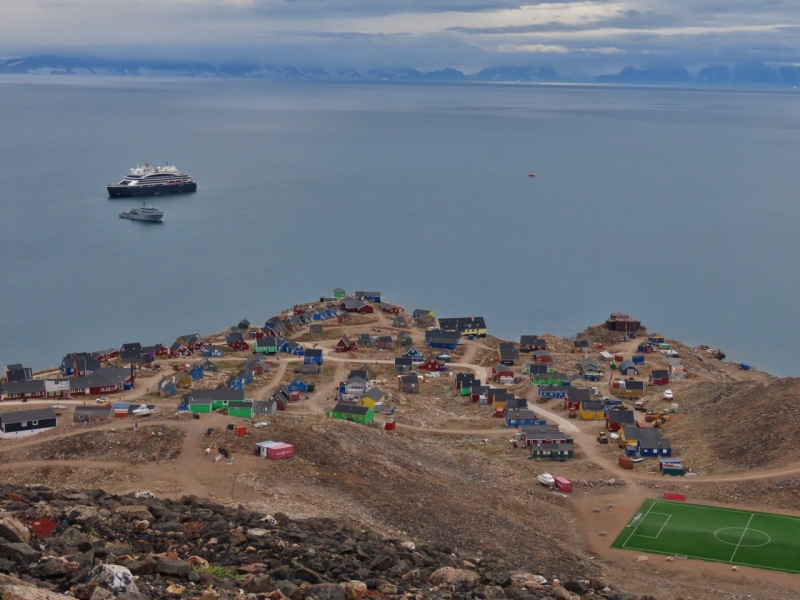

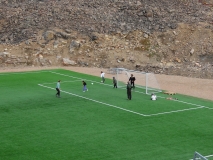
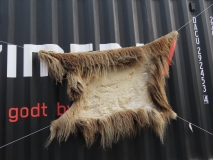
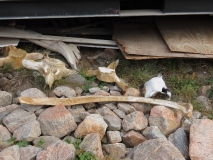


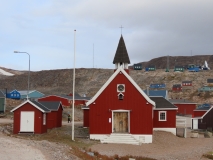
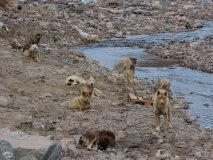
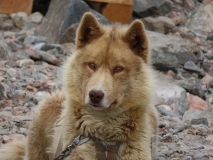
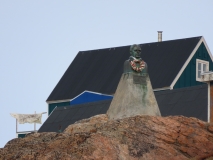
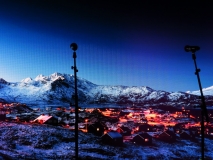
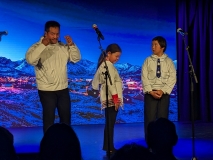
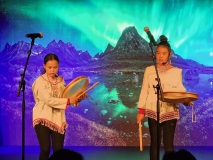
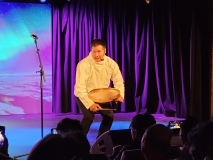
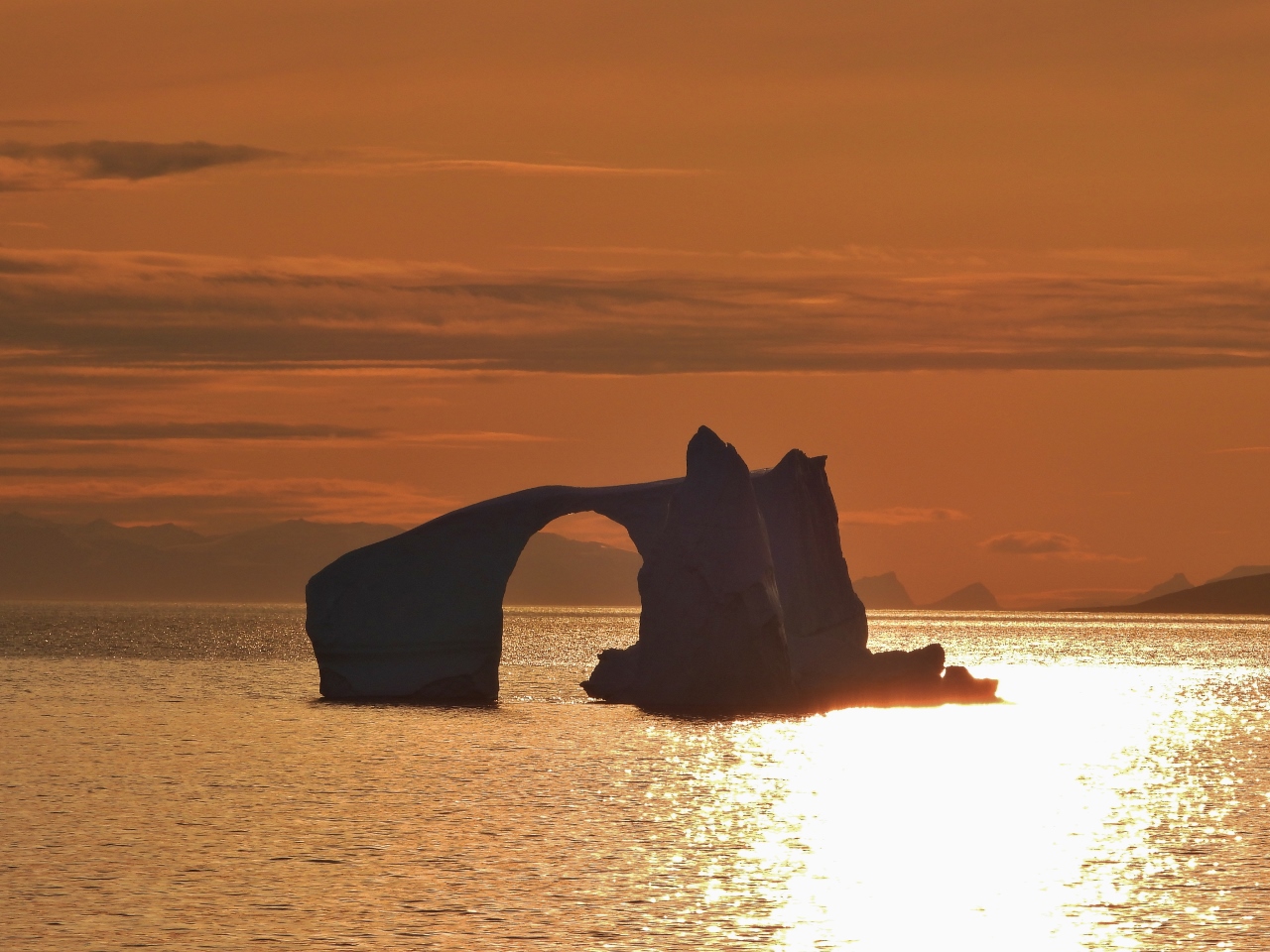
Beautiful but harsh scenery. Amazing to see the variety of shrubs that survive being buried in snow much of the year. Are there penguins in Greenland?
No, you won’t find Penguins in the northern polar regions. The live mostly in the southern hemisphere but some species can be found as far north as the equator or just a bit beyond. We’ve seen Penguins in what seemed to us to be pretty unlikely places. For example, we came upon this little guy deep in a forest in New Zealand’s Fiordland more than a mile from shore: https://mvdirona.com/blog/content/binary/Blog_NZ_Fiordland_IMG_9596.JPG.